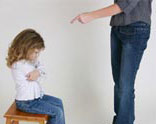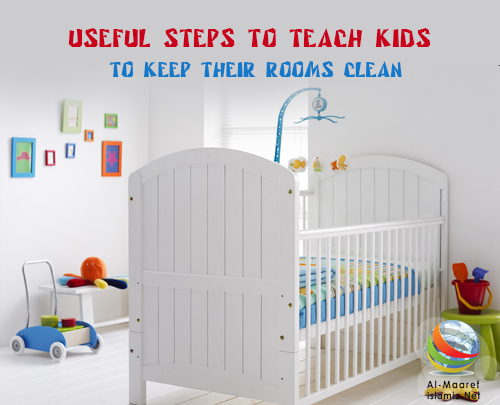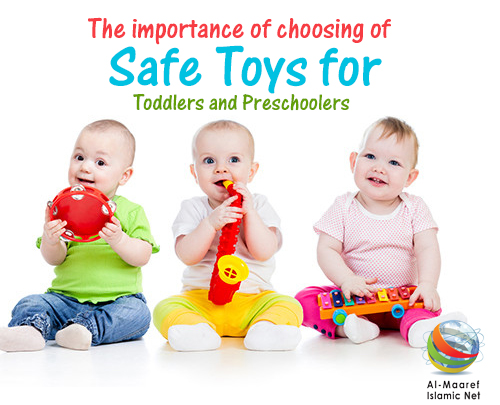Ages 3 to 5
As your child grows and begins to understand the connection between actions and consequences, make sure you start communicating the rules of your family's home.
Explain to kids what you expect of them before you punish them for a certain behavior. For instance, the first time your 3-year-old uses crayons to decorate the living room wall, discuss why that's not allowed and what will happen if your child does it again (for instance, your child will have to help clean the wall and will not be able to use the crayons for the rest of the day). If the wall gets decorated again a few days later, issue a reminder that crayons are for paper only and then enforce the consequences.
The earlier that parents establish this kind of ‘I set the rules and you're expected to listen or accept the consequences’ standard, the better for everyone. Although it's sometimes easier for parents to ignore occasional bad behavior or not follow through on some threatened punishment, this sets a bad precedent.
Consistency is the key to effective discipline, and it's important for parents to decide together what the rules are and then uphold them.
While you become clear on what behaviors will be punished, don't forget to reward good behaviors. Don't underestimate the positive effect that your praise can have - discipline is not just about punishment but also about recognizing good behavior. For example, saying ‘I'm proud of you for sharing your toys at playgroup’ is usually more effective than punishing a child for the opposite behavior - not sharing. And be specific when doling out praise; don't just say, ‘Good job!’
If your child continues an unacceptable behavior no matter what you do, try making a chart with a box for each day of the week. Decide how many times your child can misbehave before a punishment kicks in or how long the proper behavior must be displayed before it is rewarded. Post the chart on the refrigerator and then track the good and unacceptable behaviors every day. This will give your child (and you) a concrete look at how it's going. Once this begins to work, praise your child for learning to control misbehavior and, especially, for overcoming any stubborn problem.
Timeouts also can work well for kids at this age. Establish a suitable timeout place that's free of distractions and will force your child to think about how he or she has behaved.
Remember, getting sent to your room doesn't have an impact if a computer, TV, and video games are there. Don't forget to consider the length of time that will best suit your child. Experts say 1 minute for each year of age is a good rule of thumb; others recommend using the timeout until the child is calmed down (to teach self-regulation).
It's important to tell kids what the right thing to do is, not just to say what the wrong thing is. For example, instead of saying ‘Don't jump on the couch,’ try ‘Please sit on the furniture and put your feet on the floor.’
Ages 6 to 8
Timeouts and consequences are also effective discipline strategies for this age group.
Again, consistency is crucial, as is follow-through. Make good on any promises of discipline or else you risk undermining your authority. Kids have to believe that you mean what you say. This is not to say you can't give second chances or allow a certain margin of error, but for the most part, you should act on what you say.
Be careful not to make unrealistic threats of punishment (‘Slam that door and you'll never watch TV again!’) in anger, since not following through could weaken all your threats. If you threaten to turn the car around and go home if the squabbling in the backseat doesn't stop, make sure you do exactly that. The credibility you'll gain with your kids is much more valuable than a lost beach day.
Huge punishments may take away your power as a parent. If you ground your son or daughter for a month, your child may not feel motivated to change behaviors because everything has already been taken away.
* Reviewed by: Jennifer Shroff Pendley, PhD




















